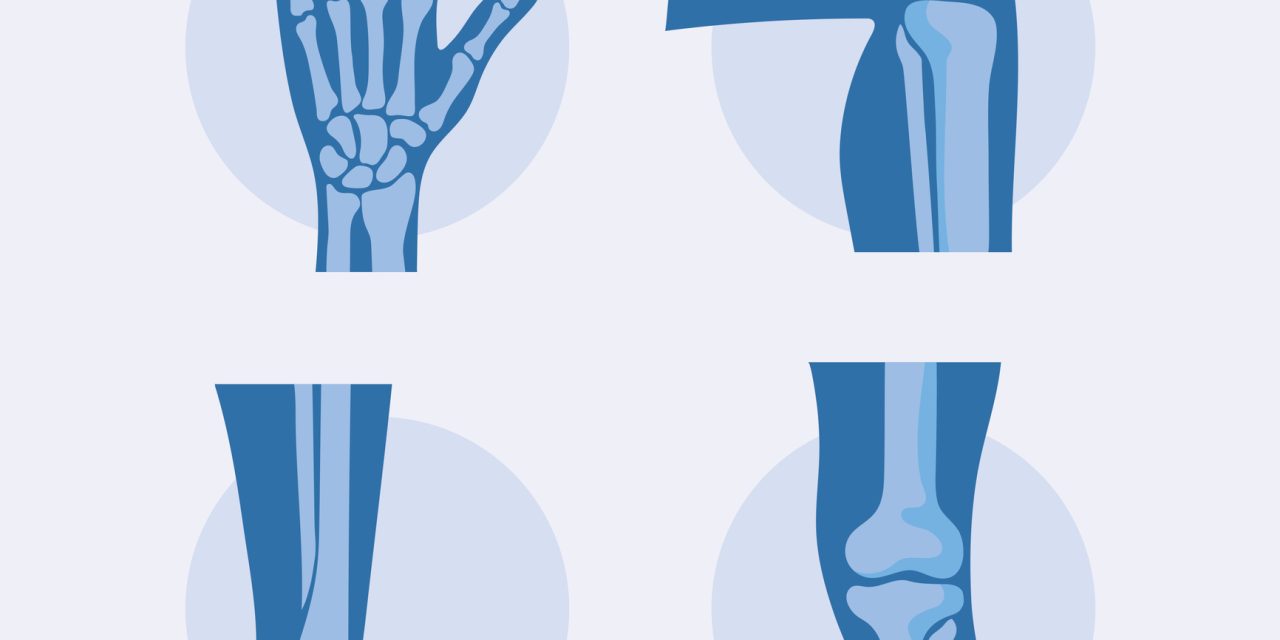The use of backpacks is common to both adults and children and often leads to the onset of musculoskeletal discomforts. Although a large number of studies have focused on the optimal load for children schoolbags, there is no general consensus. Here we report a 13-yr old girl case study, showing the impact of weight and wearing the school backpack on gait parameters. The variation of gait parameters and pelvis angles in different conditions were studied: without backpack (CTRL), or with backpack at 10% Body Weight (10BW), 15% BW (15BW) and 20% BW (20BW), carried “on both shoulders” (2S), “on one shoulder” (1S), or “with one hand” (1H). Swing phase was comparably modified by 2S/20BW and 1S/10BW conditions, suggesting that a lower backpack weight was sufficient to induce gait alterations when carried in asymmetrical conditions. Pelvic tilt, which was preserved by a two-shoulders distributed 10% BW load (2S/10BW), was strongly reduced in asymmetrical condition (1S/10BW), suggesting that a low weight carried on a single shoulder generates postural modifications including reduction of pelvic tilting, which is known to be associated to low back pain.
One-shoulder carrying school backpack strongly affects gait swing phase and pelvic tilt: a case study.


